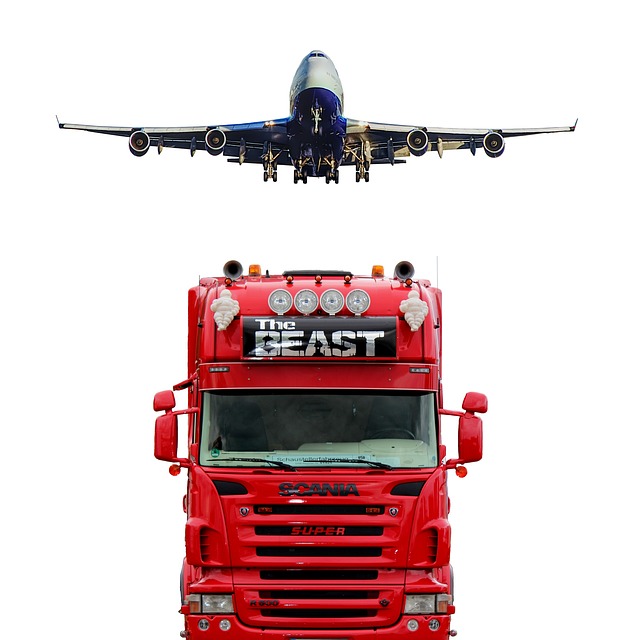Shipping oversized vehicles presents unique challenges, including complex logistics, regulatory compliance, and increased costs. To save money, optimize packing and loading for efficient space use and weight distribution. Accurate cargo weighing determines cost-effective transport methods, while proper labeling reduces damage risk. Exploring alternative methods like specialized networks, rail, or sea freight, as well as local cooperatives, can significantly lower expenses compared to traditional road hauling, promoting a more sustainable transportation system.
In today’s globalized world, shipping oversized vehicles across long distances is a common requirement, but it can be a costly endeavor. This article explores strategic cost-saving techniques for car transport, focusing on navigating the challenges of shipping oversized vehicles. We delve into efficient packing and loading methods that optimize space and reduce expenses, as well as alternative transport methods and networks designed to offer more affordable solutions. Understanding these strategies is crucial for businesses aiming to streamline their logistics while minimizing financial strain.
- Understanding the Challenges of Shipping Oversized Vehicles
- Efficient Packing and Loading Techniques for Cost Savings
- Exploring Alternative Transport Methods and Networks
Understanding the Challenges of Shipping Oversized Vehicles

Shipping oversized vehicles, such as trucks or recreational vehicles, can present unique challenges that often come with significant cost implications. One of the primary hurdles is finding suitable transport methods and routes capable of accommodating their dimensions and weight. Standard shipping containers and regular trucking routes are typically designed for smaller, more conventional vehicles, leaving specialized carriers at a premium.
These challenges extend to regulatory compliance, as different regions have varying rules and restrictions regarding oversized cargo transport, including permit requirements, weight limits, and route planning. Navigating these complexities can be time-consuming and costly, impacting the overall shipping expenses. As such, understanding and addressing these challenges are essential steps in developing effective cost-saving strategies for shipping oversized vehicles.
Efficient Packing and Loading Techniques for Cost Savings

Efficient packing and loading techniques are essential for significantly reducing costs associated with shipping oversized vehicles. One key strategy is optimizing space utilization by carefully arranging items within the vehicle. This involves placing larger, bulkier objects along the walls or in corners, where they can act as barriers to prevent smaller items from shifting during transit. Smaller items should be packed tightly together using protective materials like blankets or bubble wrap to minimize air pockets and maximize loading efficiency.
Additionally, weighing the cargo accurately before loading is crucial for selecting the right transport method and route, which directly impacts the overall shipping cost. Proper labeling of each item or group of items ensures efficient unloading and reduces the risk of damage. By implementing these packing and loading techniques, you can streamline the process, reduce handling time, and ultimately save considerable expenses when shipping oversized vehicles over long distances.
Exploring Alternative Transport Methods and Networks

In today’s world, exploring alternative transport methods for oversized vehicles is a smart way to save costs. Instead of relying solely on traditional shipping methods, businesses and individuals can benefit from specialized networks designed for efficient and cost-effective transportation. This might include using rail or sea freight for longer distances, which often offers significant discounts compared to road hauling. By leveraging these alternatives, you can reduce overall transport expenses, especially for heavy or bulky items that require special handling.
Additionally, joining or creating local transport cooperatives or shared shipping networks can further lower costs. These groups facilitate the sharing of resources, allowing multiple parties to pool their oversized vehicle needs and divide the expenses equally. This collaborative approach not only saves money but also contributes to a more sustainable transportation system by reducing the overall carbon footprint associated with individual hauls.
In light of the challenges associated with shipping oversized vehicles, adopting cost-saving strategies is essential. By understanding these challenges and employing efficient packing, loading, and exploring alternative transport methods, significant savings can be realized. These tactics not only optimize financial resources but also enhance the overall logistics process, making it more sustainable and effective for both businesses and consumers in the shipping of oversized cargo.
